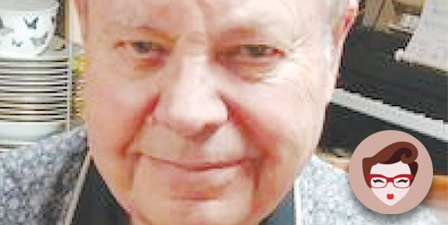By Linda Conlin, Pro to Pro Managing Editor

Gravity is the pull of the earth drawing objects toward its center. It’s the reason our feet stay on the ground and objects fall down when dropped. The human body is designed to develop and function in this gravitational force. But what happens to the body when there is little or no gravity, as in space, and how does it affect the eye?
Our bodies are about 60% water, and we know from the moon’s gravitational pull on tides that water levels are affected by gravity, including in the body. Standing on earth, gravity keeps a large part of the body fluid in the legs, but with reduced gravity those fluids flow to the upper body. The fluid shifts may be related to a phenomenon known as Spaceflight Associated Neuro-ocular Syndrome (SANS), which can cause astronauts to experience changes in eye shape and other ocular symptoms, such as changes in ocular perfusion pressure (OPP, the difference between arterial blood pressure and intraocular pressure). Led by Dr. Ana Diaz Artiles, researchers at Texas A&M University are studying some of those effects on the eye. (Texas A&M University. "Impacts of space travel on astronauts' eye health." ScienceDaily. ScienceDaily, 19 June 2024.)
Changes in visual acuity associated with weightlessness, near vision in particular, were noticed since the early days of spaceflight, prompting crew to bring along “anticipation glasses'' for longer missions to be able to maintain near acuity. What is now known as SANS syndrome includes flattening of the globe, hyperopic refractive shift (hence the glasses), increase in the optic nerve sheath diameter, optic disc edema, folds in the retina and choroid, and white patches on the retina, called cotton wool spots. The fluid shift also causes changes to the blood vessels in and around the eyes.
Diaz Artiles and her team are investigating potential countermeasures for the headward fluid shifts of SANS. In a recent study, they examined the potential aid of lower body negative pressure (LBNP) to combat SANS. (An LBNP device is an airtight chamber surrounding the legs and pelvic area that simulates the effect of gravity on bodily fluids.) LBNP has the potential to counteract the effects of microgravity by pooling fluid back into the lower body. The results of the study showed that lower body negative pressure, while effective in inducing fluid shift toward the lower body, was not an effective method for reducing OPP. Should elevated ocular perfusion pressure be definitively linked to SANS, the use of LBNP could theoretically not be an effective countermeasure to this syndrome. But they emphasize that future work should seek to better understand the relationship between OPP and SANS, and the impact of LBNP on these ocular responses as part of the countermeasure development.












